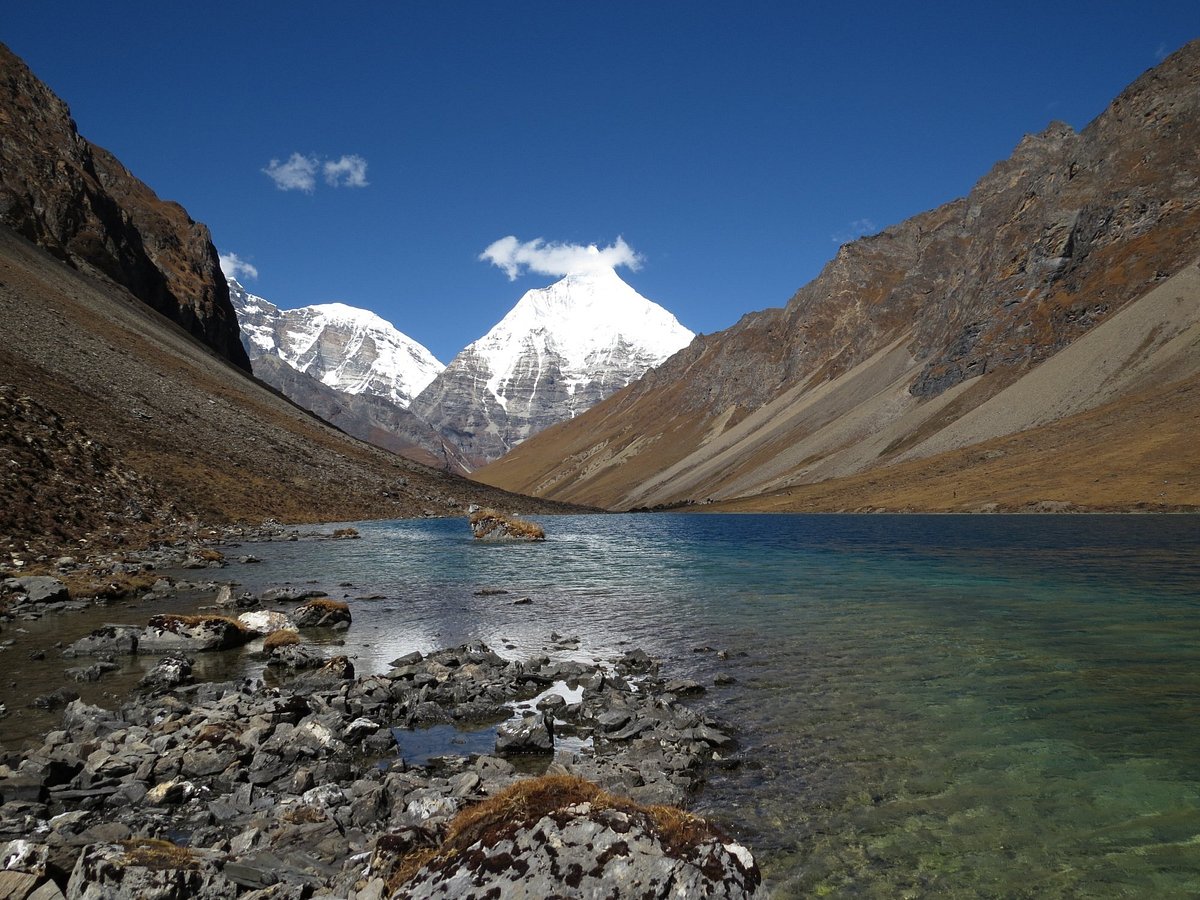Bhutan lowers sustainable development fees to boost tourism
The kingdom's goal is to reach pre-pandemic visitors level while preserving nature. But this could prove in vain due to global warming. According to a new report, Himalayan glaciers are melting at an alarming rate.
Thimphu (AsiaNews/Agencies) – Bhutan has lowered fees for foreign tourists to boost the number of visitors to pre-COVID-19 levels while upholding its goal of protecting the environment.
In September 2022, after two years of closure due to the health crisis, the small kingdom nestled in the Himalayas increased sustainable development fees (SDFs) from US$ 65 to US$ 200.
Effective from this month until the end of 2024, tourists paying the daily fees for four days will be allowed to stay an extra four days. Those paying SDFs for 12 days can stay for a full month.
The measure only applies to international travellers who pay in US dollars, not those coming from India and paying in rupees.
Bhutan is trying to increase tourism revenue from the current 5 per cent to 20 per cent of its gross domestic product, this according to Dorji Dhradhul, director-general of the Department of Tourism.
Since January, more than 47,000 people have visited the kingdom, which is hoping to reach 86,000 by the end of the year. In 2019 it welcomed about 315,600 tourists.
Local authorities especially want to attract wealthy travellers so that they can earn more to offset tourists' carbon footprint and keep the environment pristine.
Unlike neighbouring Nepal, Bhutan has banned mountain climbing to preserve the sanctity of its peaks, foregoing the income that hikers and climbers can bring.
Despite its strict policies, Bhutan's efforts may, however, be in vain due to global warming,
A report released today by the Kathmandu-based International Centre for Integrated Mountain Development (ICIMOD) notes that glaciers in the Hindu Kush and Himalayan mountain ranges (which run through several South Asian countries, including Bhutan and Nepal) have shed ice in the 2010s as much as 65 per cent faster than in the preceding decade,
Glaciers could lose 75 per cent of their ice by the end of this century, generating flooding and water shortages for 240 million people who live in mountain regions and another 1.65 billion who live downstream.
Water flows in the 12 river basins that originate in the Himalayas, including the Ganges, Indus, and Mekong, are likely to peak around mid-century.
"While it may sound like we'll have more water because glaciers are melting at an increased rate ... too frequently it will arise as floods instead of a steady flow," said the report’s lead author Philippus Wester.
“We’re losing the glaciers,” the environmental scientist added. “We’re losing them in 100 years’ time.” This “was expected, but what is unexpected and very worrying is the speed.”
In fact, past peak water, supplies will eventually dwindle. Meanwhile, melting snow is already having an impact on mountain communities.
“We’ve had … huge numbers of yak deaths because during summer they go to higher pastures,” said report co-author Dr Amina Maharjan, a senior specialist in livelihoods and migration at ICIMOD.
At the same time, locals do not have the support they need. “Most of the adaptation is communities and households reacting (to climate events). It is inadequate to meet the challenges posed by climate change,” she added.







.png)










